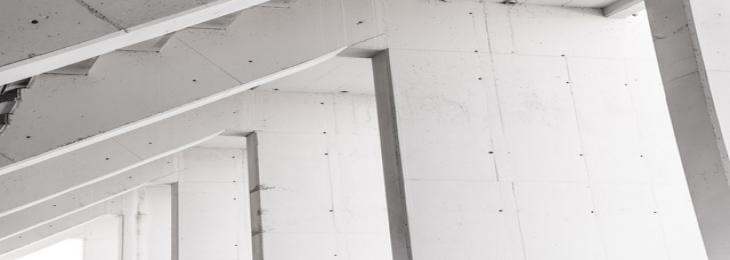
The ideology with the concrete that heals itself, is to interfere within the process when the cracks still are tiny, closing up the material for preventing a disastrous collapse.
Concrete comes with a major carbon footprint, hence technologies boosting its performance along with enabling it for lasting longer could possess profound benefits towards the nature. This has directed to developments of concrete that self-heals, along with repairing its own cracks. The scientists now have demonstrated a stirring novel form of it which uses an enzyme found within human blood.
Little cracks which form in cement might not impose an instant problem onto the construction’s structural integrity, however once the water gets in, along with rupturing spreads, greatly compromising its strengths. The ideology with the concrete that heals itself, is to interfere within the process when the cracks still are tiny, closing up the material for preventing not only a disastrous collapse, but even the structure’s complete replacement or an expensive maintenance.
Scientists from the Worcester Polytechnic Institute have invented what they claim is an efficient and cheaper solution. Researchers sought inspiration through human body; more particularly, from a way an enzyme within RBC known as carbonic anhydrase (CA) is capable of quickly transferring CO2 from cells in the bloodstream. From their testing, the team revealed that their doped concrete could repair its very own cracks of millimeter-scale in 24 hours. The team states that this is the remarkable improvement on certain prior technologies which uses self-healing bacteria, which costs more money and could take up to one month for healing even way smaller cracks.
While the CO2 amount within gobbling up of concrete is mostly to be negligible within the massive system of things, the real potential of the environment in the material lies within its probable longevity. This type of technology for self-healing could prolong the structure’s life from 20 to 80 years, which decreases the need of manufacturing replacement concrete, which is an infamously carbon-intensive procedure.






